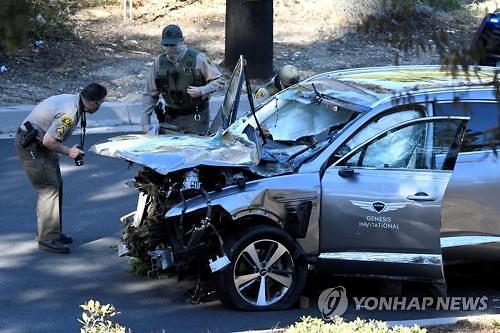The Minister of Health, Olivier Véran, is expected in the afternoon to set up with local elected officials new restrictions, whether voluntary, as desired by the mayors of the Urban Community, or imposed, as on the coast. des Alpes-Maritimes, subject to confinement for the next two weekends.
“Additional braking measures” are desired by the government while the agglomeration has a record incidence rate — 900 cases per 100,000 inhabitants on Monday over the last seven days— more than four times higher than the national average (205) and worse than in the Nice metropolis.
A press point is scheduled for the end of the afternoon, even if it is not certain, according to the prefecture, that the decisions are announced there.
For the Dunkirk resident Didier Château, 76, the time has come to “take the bull by the horns!”, Especially since, as in the rest of France, the mild weather has made strollers flock to the streets.
But the elected officials of the urban community, who consulted on Tuesday, would prefer to “give a last chance” to the city to escape confinement, at the cost of a kind of voluntary self-containment.
While stressing that he would not oppose a putting under a bell, the mayor DVG, Patrice Vergriete, advocated a burst of civility of his citizens called to respect the rule of “zero gathering” until mid-March , family reunions and friends included.
“Local approach”
Proposals to which “adheres” Eric Glucksman, president of the association of traders in the city center of Dunkirk, which hopes to avoid the “new catastrophe” of an imposed confinement.
In any case, the exceptional screening campaign launched last Thursday in particular at the Kursaal, the city’s convention center where a thousand people came to be tested — allowing 83 positive cases to be counted — will be extended until Friday, a indicated the ARS.
A boost in vaccines is also expected, after 2,400 additional doses last week.
The local elected officials had alerted the government on February 12 on the rise of the wave, carried in this city located in front of England and not far from the Belgian border, by the English variant, which represents more than 70% of the contaminations .
But the executive then declined their request for an early closure of a week of colleagues and high schools, before the holidays, sparking criticism from the mayor.
He now welcomes the dialogue with the government. “The logic is to take a local approach, to do it on a case-by-case basis, in consultation, because the situations are different within the regions”, Emmanuel Macron’s entourage explained Tuesday, on the sidelines of a visit by the Head of State to Côte d’Or.
“We always arrive a little too late. The rise in cases goes back several weeks already”, regretted on BFM TV Yves Buisson, epidemiologist, president of the Covid-19 group at the National Academy of Medicine.
The measures must be “adapted to the fastest form of the virus, and therefore in this case to the British variant” pointed out Jean-Stéphane Dhersin, deputy scientific director of INSMI at the CNRS, on the same antenna.
The situation is also being monitored in the rest of the department and the neighboring Pas-de-Calais, where the signals have turned red with an incidence rate of 340 cases per 100,000 inhabitants.
No explosion
Vigilance also in Ile-de-France, where the same rate has increased to 277 cases per 100,000 inhabitants.
The Prime Minister paid a surprise visit on Tuesday evening to the Argenteuil hospital center (Val d’Oise). “My obsession is to prevent people from arriving at your home. There is the hard method, confinement etc. But the best way is to be vaccinated,” pleaded Jean Castex.
While supplies remain limited, the vaccine campaign has affected more than 2.6 million people (for at least one dose) and vaccination among general practitioners and companies is due to start Thursday with AstraZeneca.
However, France is not at this stage undergoing the dreaded explosion for several weeks because of the variants.
Over the last seven days, Public Health France has recorded about 140,000 new cases, against just under 130,000 the previous seven days, with a number of hospitalized patients stable at a high level, at more than 25,000 patients.
The rate of hospital deaths appears to be slowing, to 314 on Tuesday, from 352 and 439 the two previous Tuesday. In total, more than 85,000 people have died since the epidemic started a year ago.
–


